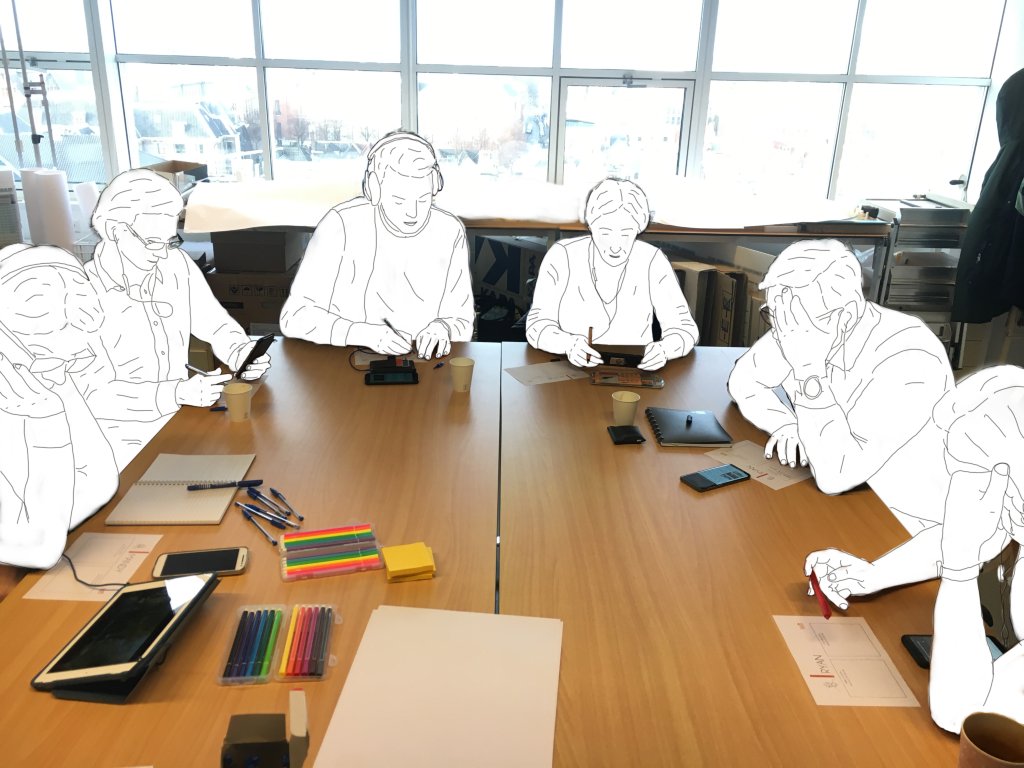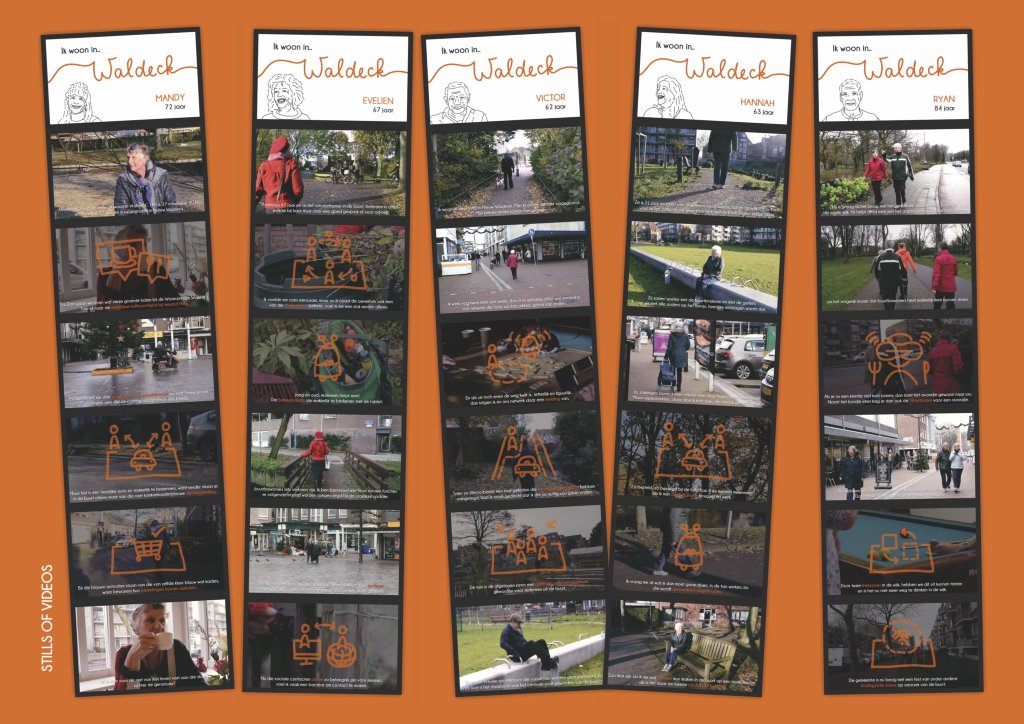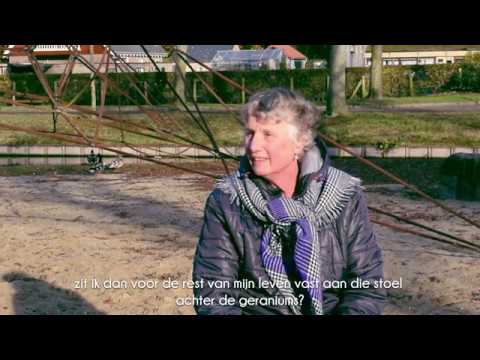The scene: the neighbourhood Nieuw Waldeck in the year 2040 from the perspective of an aging society - Societies are aging. This means the older population is not only growing in size, but also in proportion of the population. Moreover, generations are changing. The future elderly will in all probability not have the same needs as those of today. These changes will lead to new challenges for society and demand new spatial and societal solutions. Currently, we do not have a good understanding of how these factors will influence our daily lives. Which impact will this have on aspects like safety or social cohesion? What will the public space look like and how will it feel to live in a society with large numbers of elderly and highly developed technology? Currently, the public space of neighbourhoods in general and of Nieuw Waldeck in particular, does not anticipate this phenomenon of aging and the unknown needs of the future elderly.
“I live in.. the future” was created as a toolkit to share experiences of future residents with the stakeholders involved in planning the restructuring of the public space of a neighbourhood like Waldeck. The ‘carrier’ of the toolkit brings different life stories of different future residents about their daily lives in the neighbourhood. This carrier is presented in a session in which the stakeholders get a clear introduction and are individually immersed in one of the residents’ perspectives. This is followed by an open discussion about the stories and the stakeholders’ personal reflections..
This toolkit can function as a conversation starter between those involved in creating future liveability strategies. Urban planners can use the outcomes) to create spatial recommendations and plans which integrate the human perspective, resulting in solutions which meet residents’ needs.
When designing for the future, a major challenge is to get stakeholders to empathize with residents’ experiences that are yet to be encountered. A conversation starter/carrier, like these future life stories, in which the perspective of the future elderly residents is embedded, can support this.
Furthermore, the future is dynamic and fluid; it is not set in stone. Situations and expectations can change quickly, so we cannot predict exactly what the future will bring, but we can be inspired to consider what the future may bring. Therefore, do not see the stories as THE future, but as A future.
It may be possible to transform this concept into a ‘living’ project. By adding and deleting videos to the series, information can be kept up to date. By adjusting the video series in the future, they will remain relevant.






